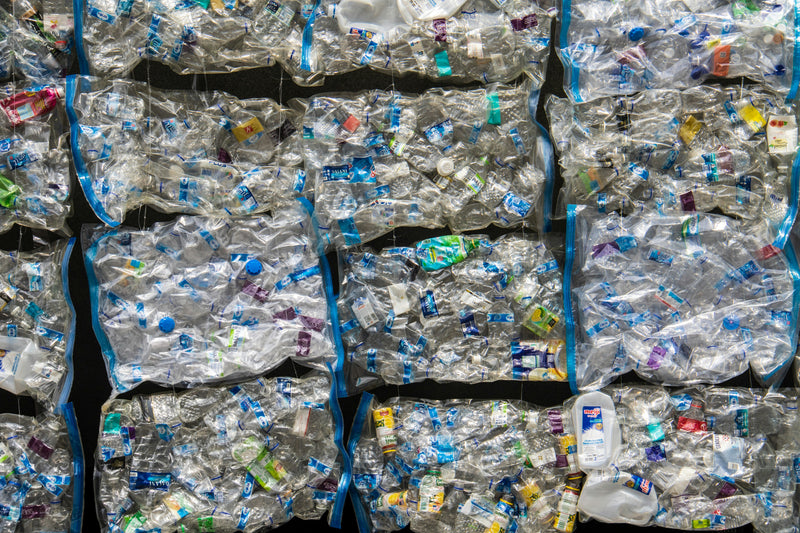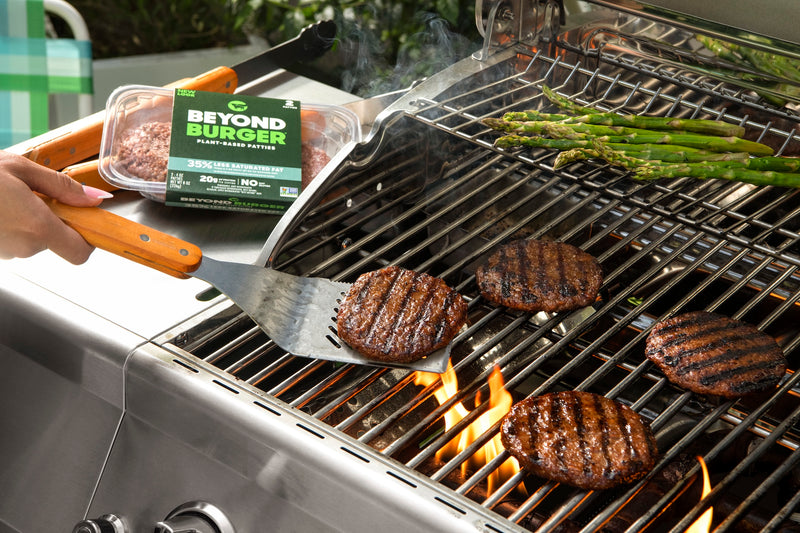Aw, the 2010s.
Boat shoes, ombré hair, planking and, of course, frozen yogurt.
While you’d think these pillars of civilization would’ve endured for centuries, many have fallen off — including froyo.
Let’s take a look.
Froyo’s hot streak
Flashback 15 years ago and froyo was about as hot as the iPod.
Though frozen yogurt got its start back in the 1980s, it re-emerged as a “healthier-than” alternative to ice cream in the late-2000s and early 2010s.
Between 2009 and 2015, the number of froyo spots doubled to reach about 2,900 in the U.S., according to Eat This, Not That! You might remember some of these brands at strip malls and on street corners, such as Pinkberry, Handles, Menchies, Topzz, Llaollao, and Yogurtland.
How the trend grew
Froyo’s 2010s boom initially benefited from some star power.
Froyo made appearances in Sex and the City and Saturday Night Live. Celebrities were also spotted with Pinkberry, including Charlize Theron, Oprah Winfrey, and David Beckham.
There was also the perception that it was a healthy, guilt-free treat. Many froyo purveyors say their frozen treats are a healthier alternative to ice cream, but it comes down to what ingredients they use.
Typically, foryo is lower in fat and calories when compared to ice cream but it has just as much or more sugar. Some froyo brands also offer other benefits when compared to ice cream by way of probiotics, protein, and calcium.
Why’d the froyo craze thaw?
Frozen yogurt was able to capitalize on the low-fat diet fad of the mid-2000s, but gradually customers grew more skeptical of froyo’s health claims. Evidently, gummy worms, syrup, and Reese’s toppings don’t convey a sense of healthfulness.
Another challenge for froyo was the rise of dairy-free and vegan options in the mid-2010s. Ice cream makers also began to make more low-calorie or sugar-free options, snatching away business.
As a result, many froyo shops began to shut their doors due to diminished demand. Pinkberry, for example, closed 74 of its locations between 2014 to 2018. The arrival of COVID-19 also hit froyo hard due to social distancing concerns and customers’ handling food.
As of 2022, the 10 largest froyo brands operated 2,040 locations across the United States, according to the International Frozen Yogurt Association. So while froyo may be on the decline, the industry certainly hasn’t disappeared.



